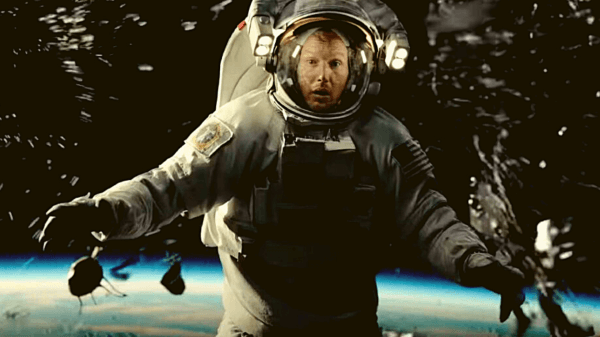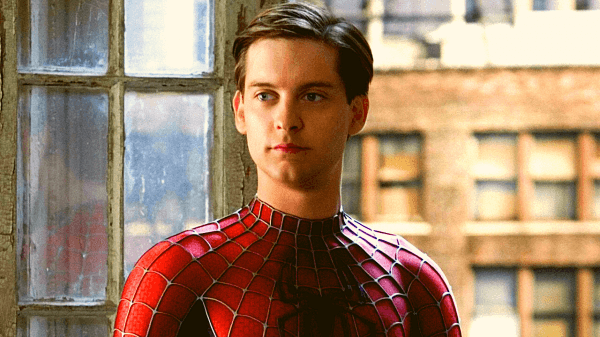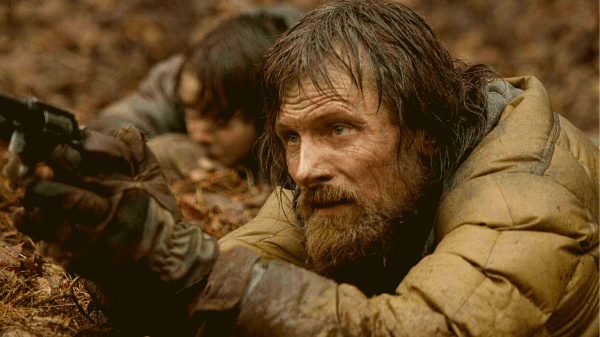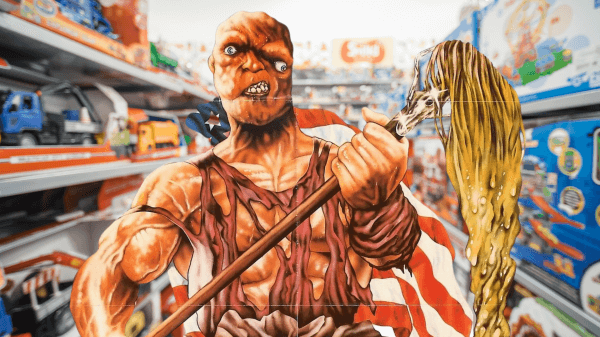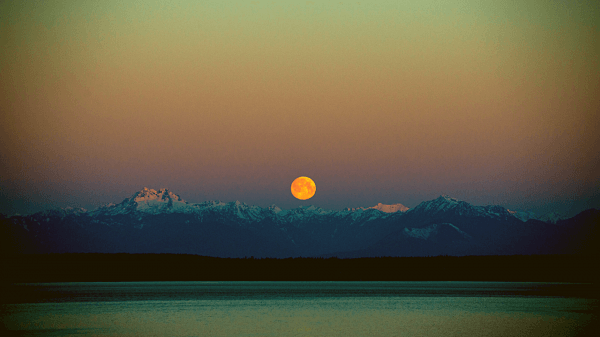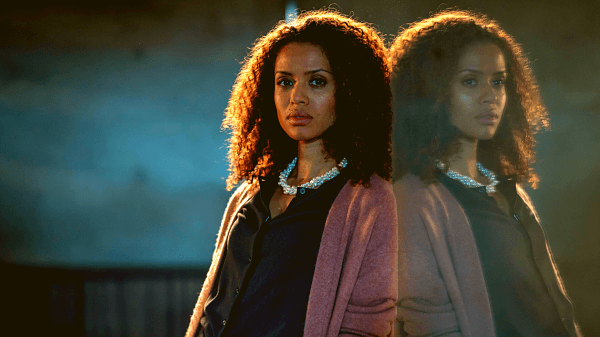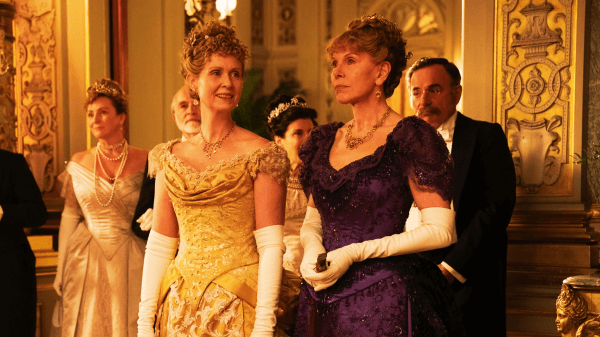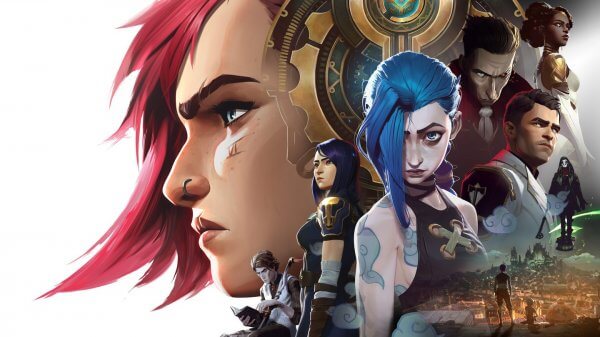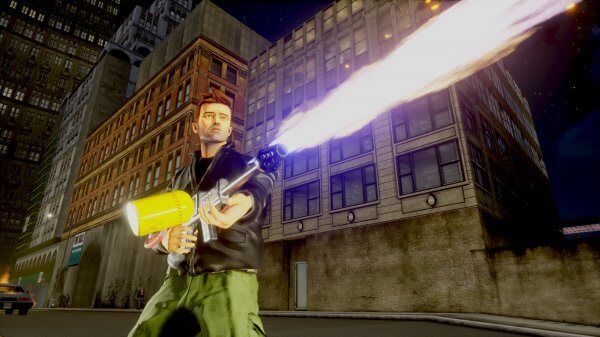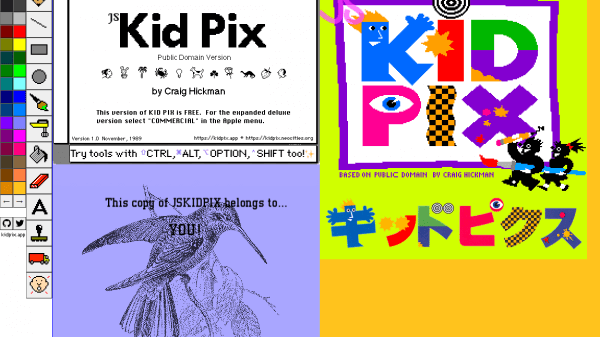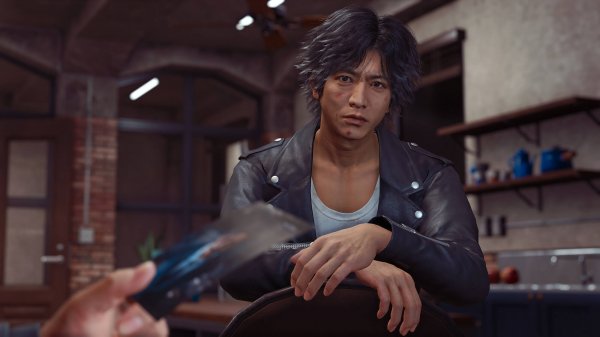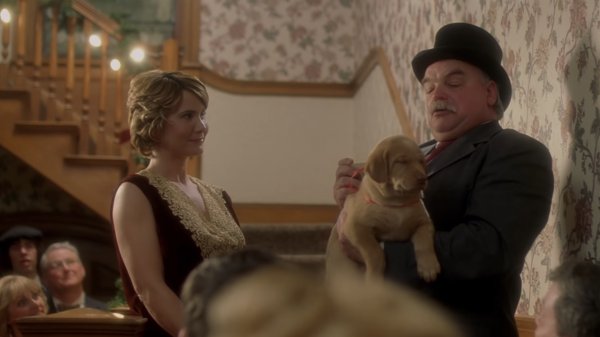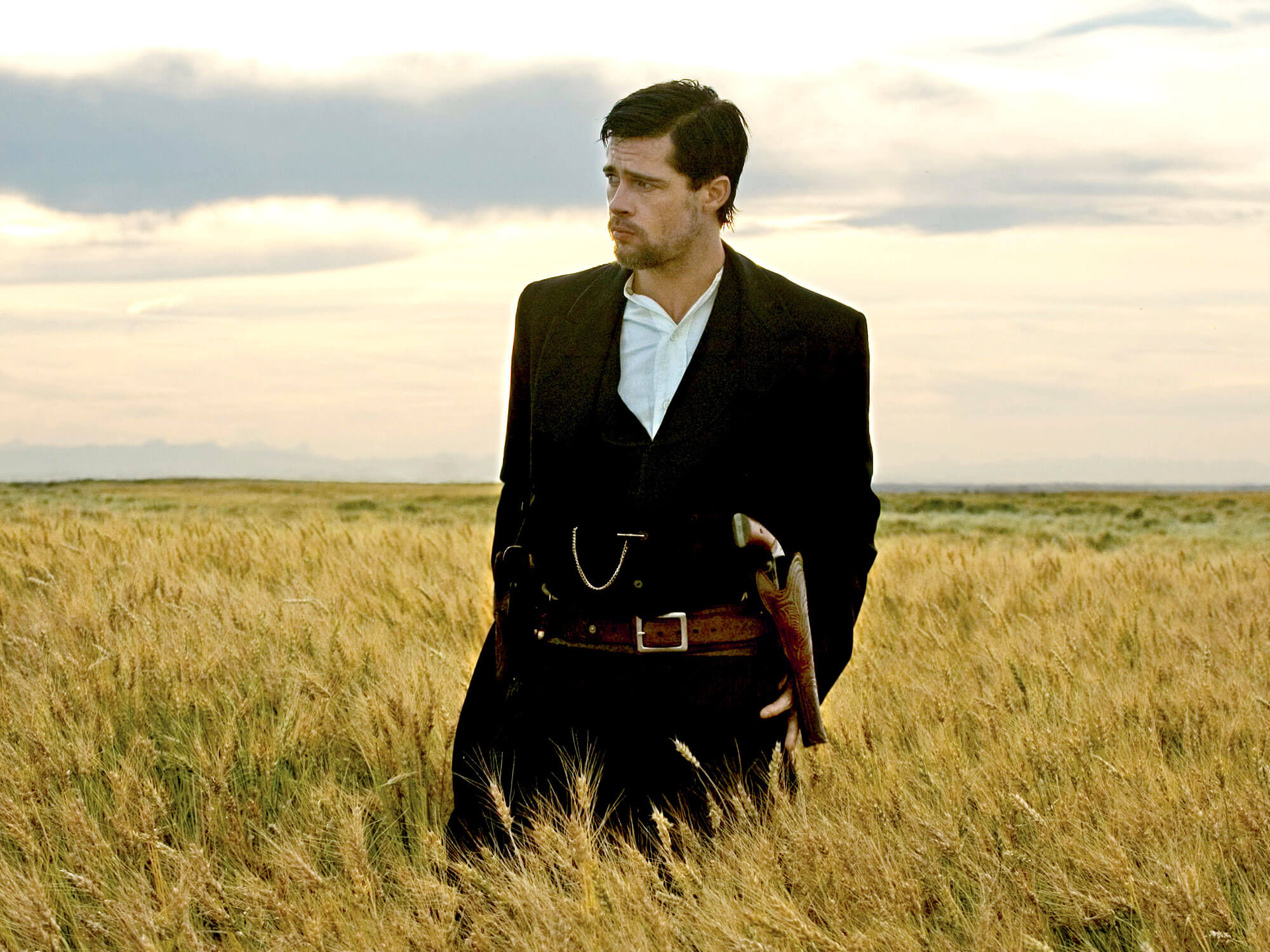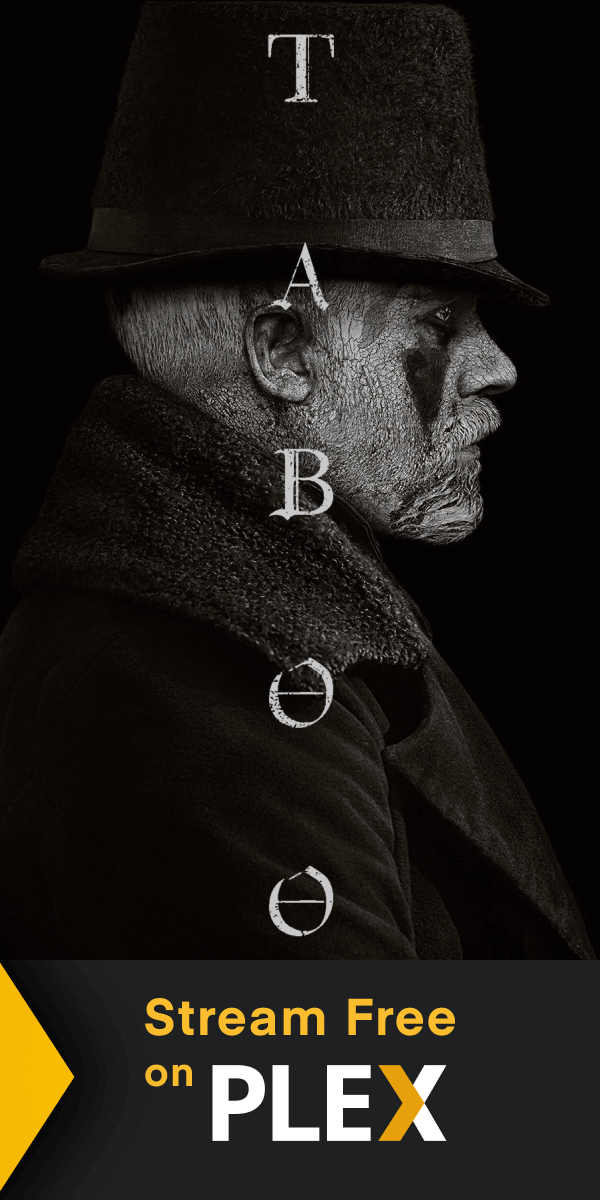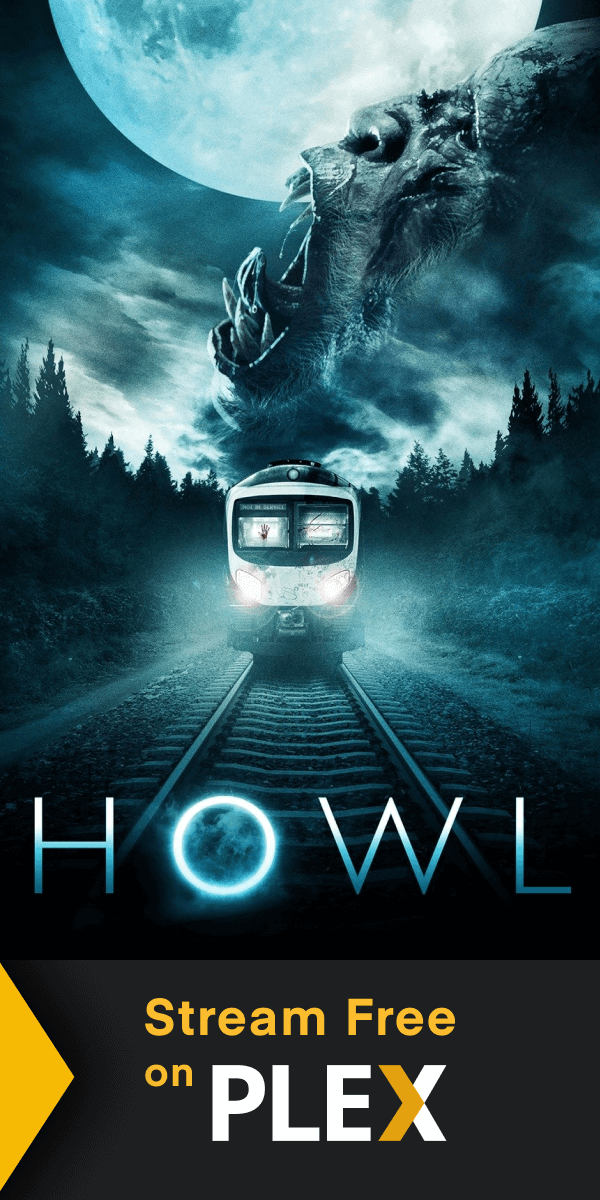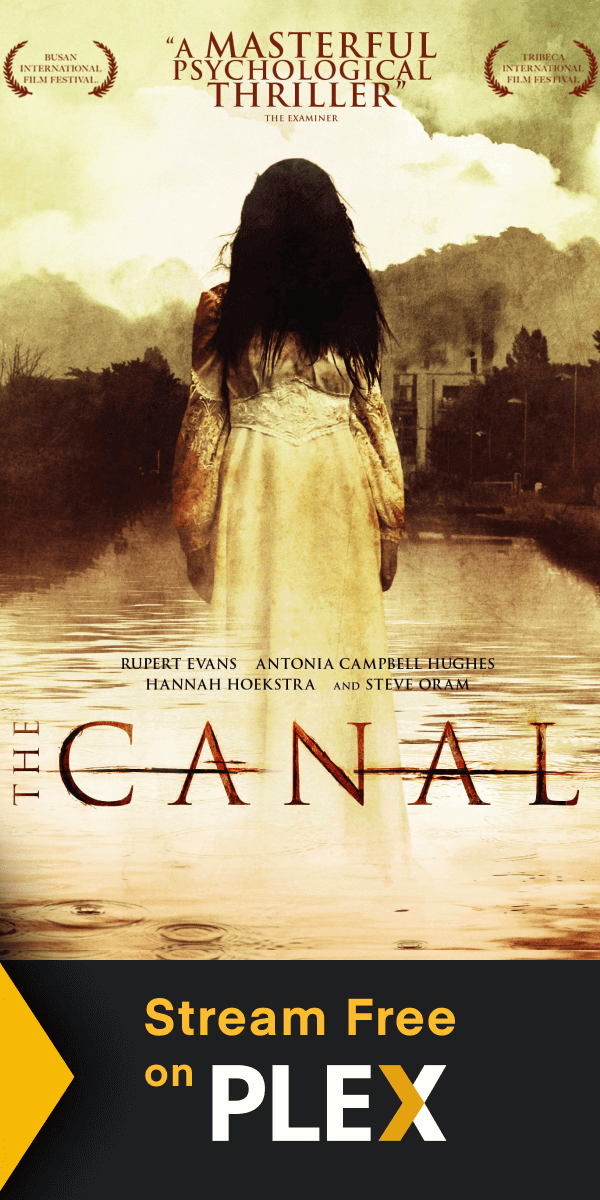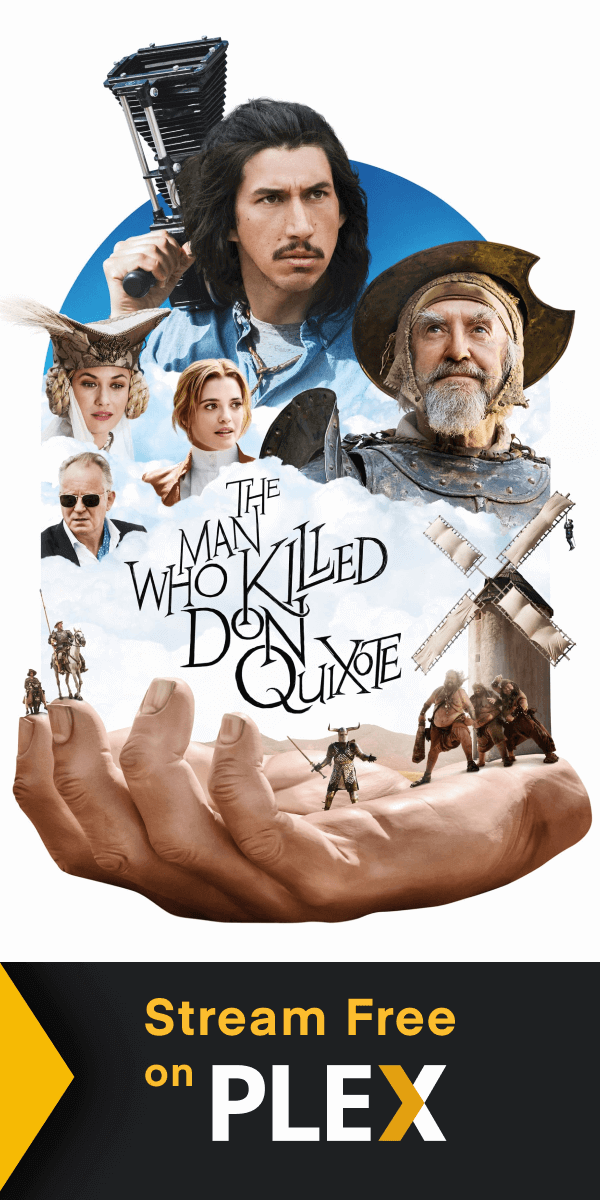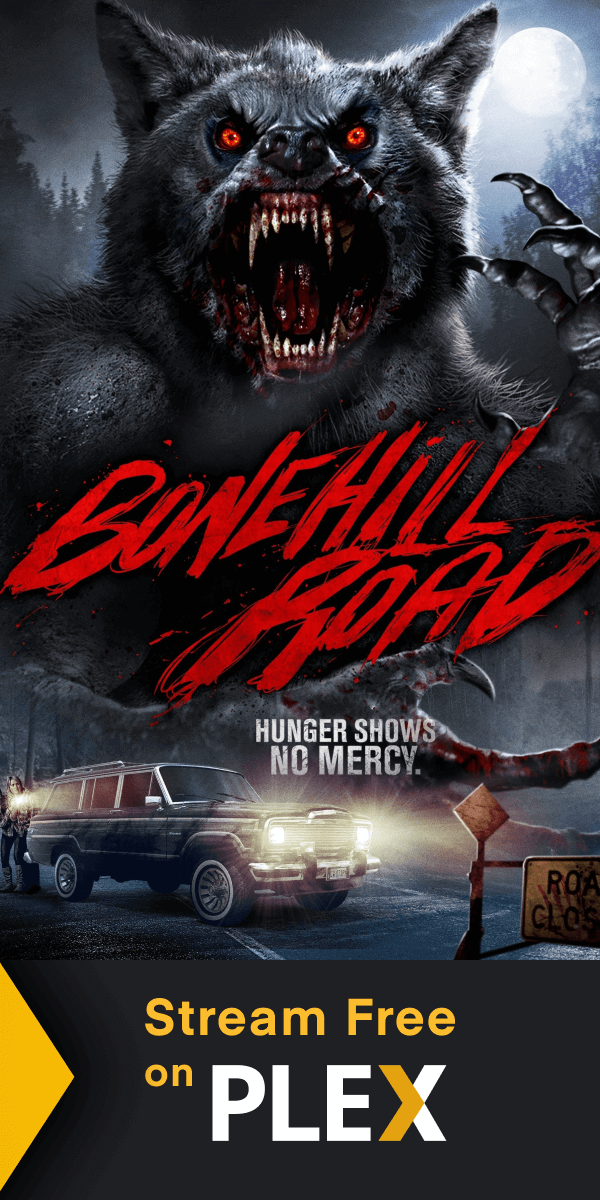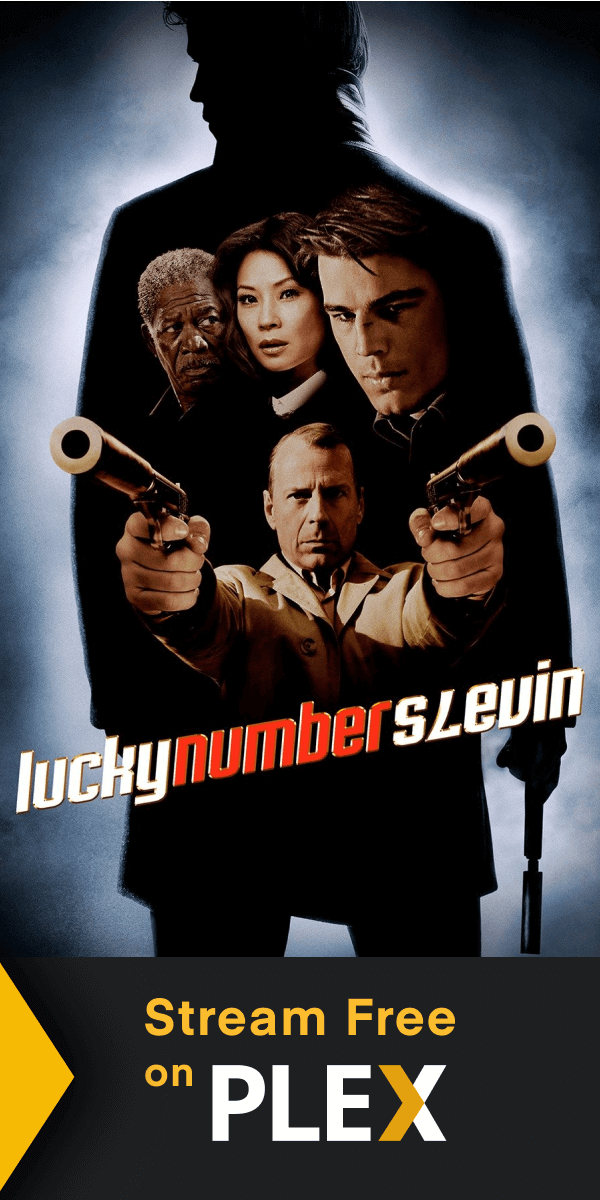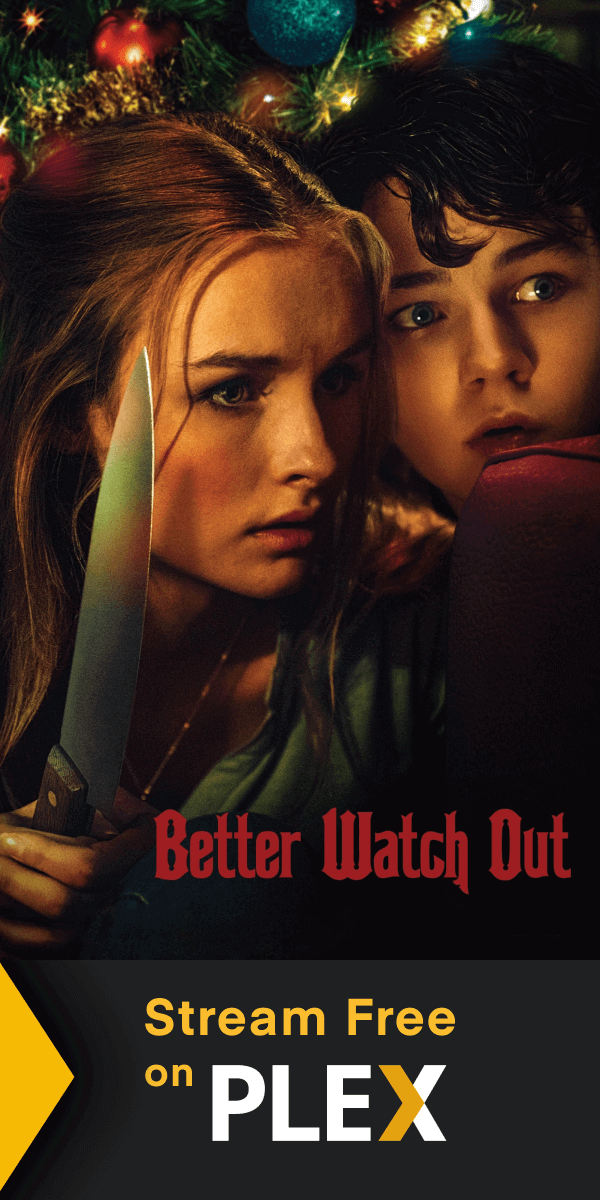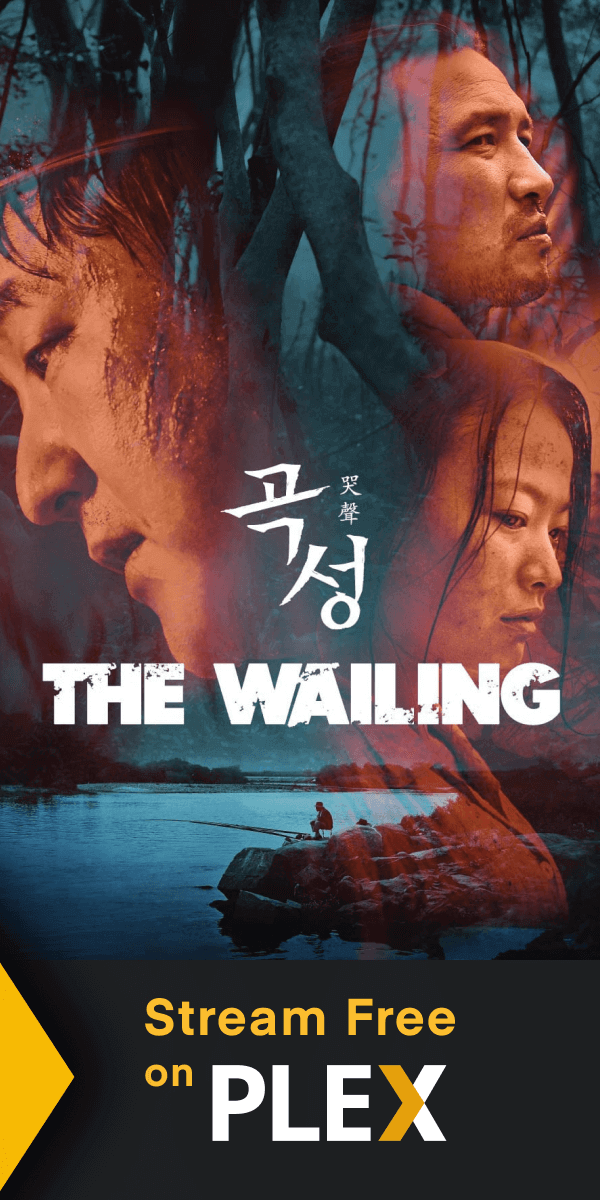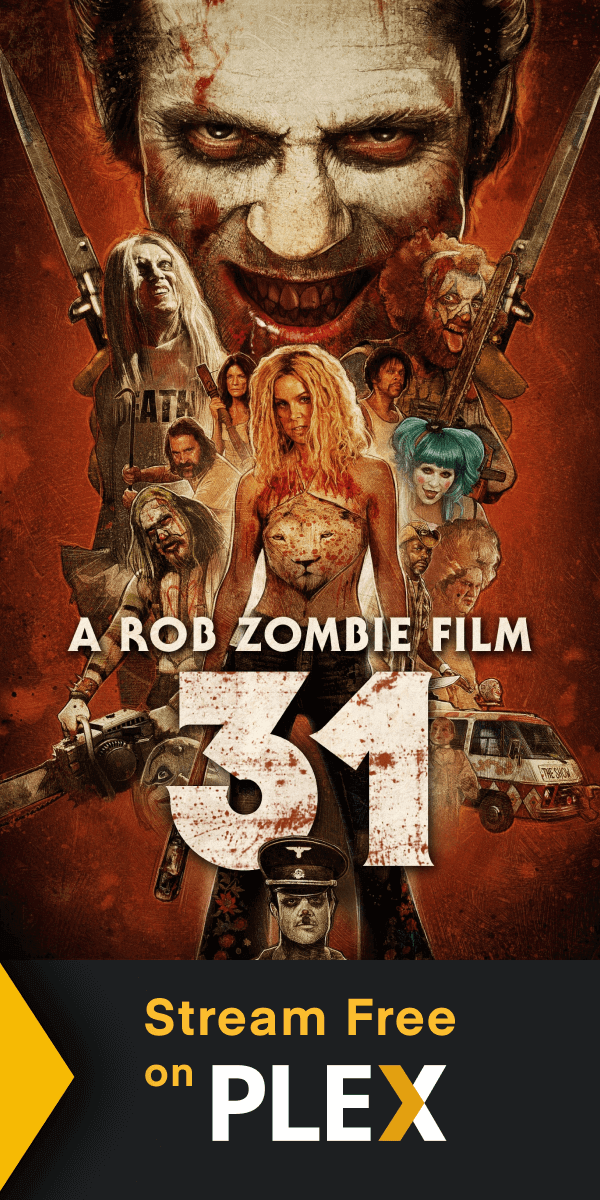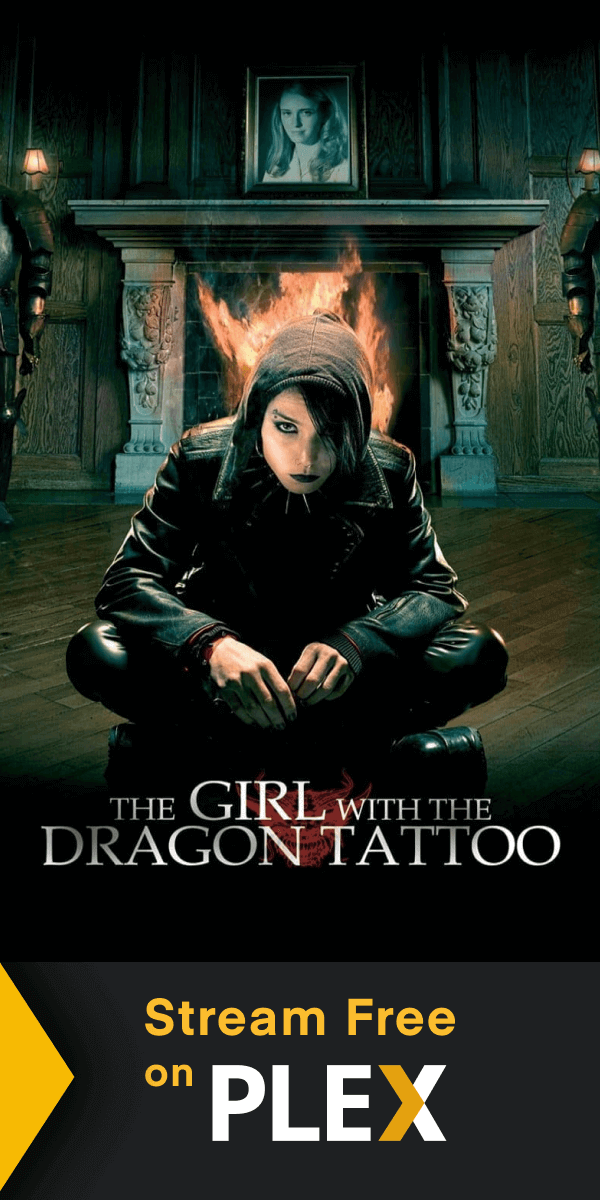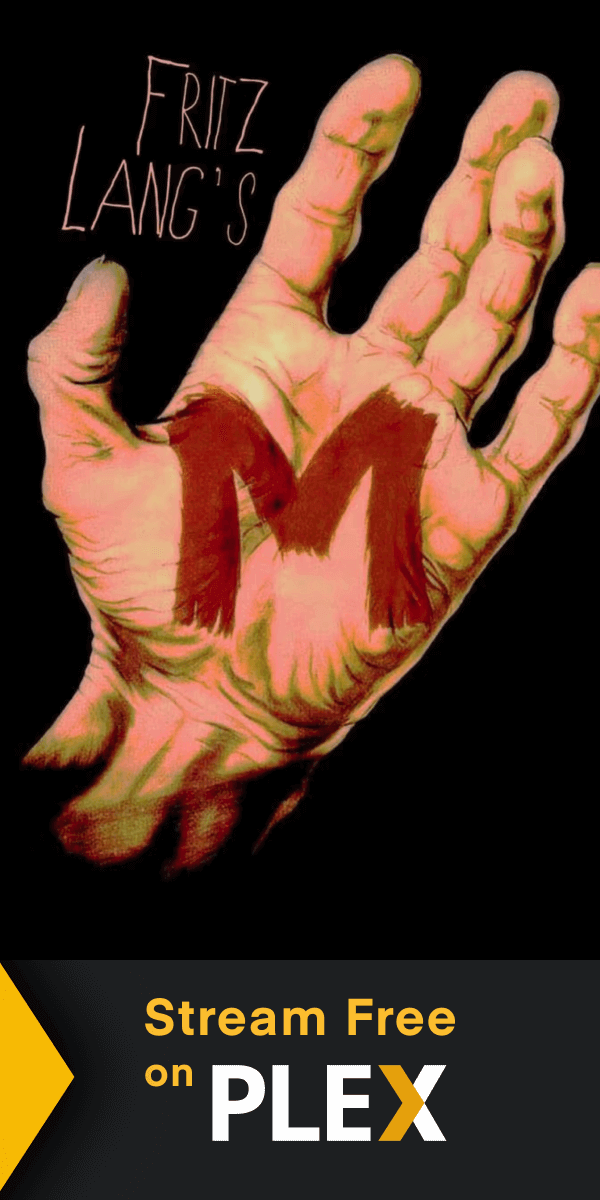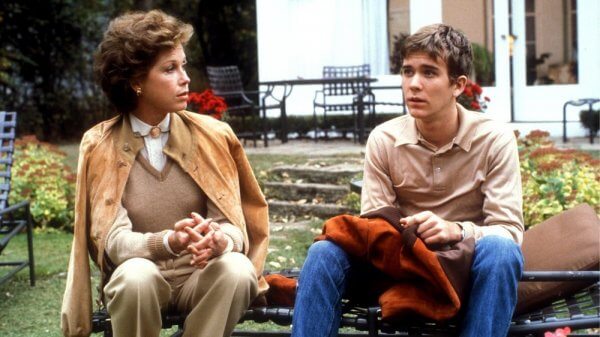Note: This essay discusses films that reference Native American people and culture in ways that were common in American society at the time but which were as wrong and insensitive then as they are today.
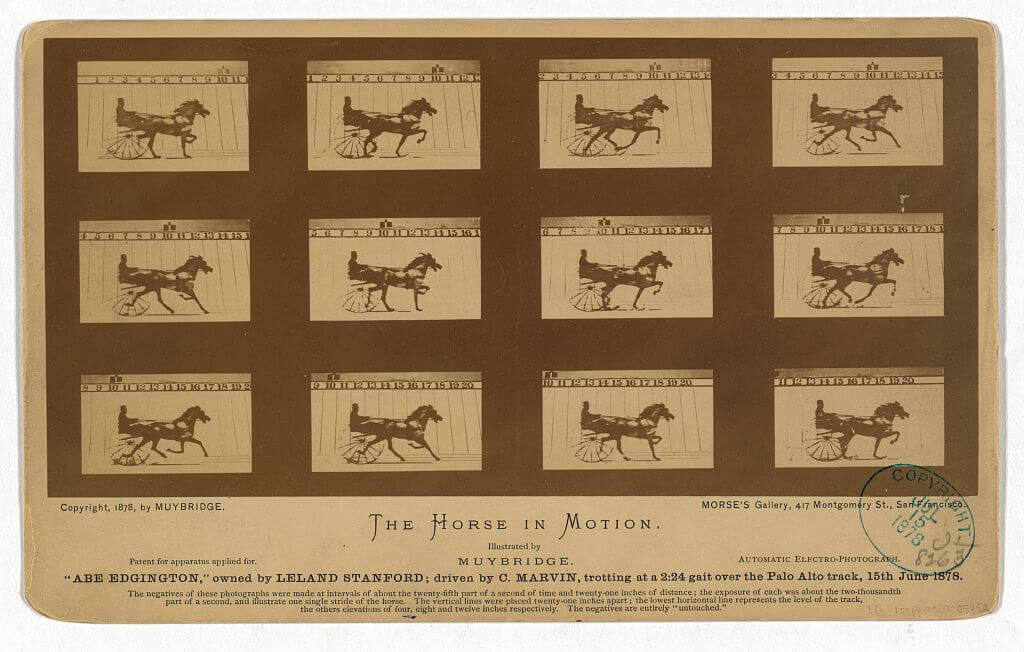
“I always liked to hear about the old timers. Never missed a chance to do so.”
— Cormac McCarthy, “No Country for Old Men”
“Do not say, ‘Why were the old days better than these?’ For it is not wise to ask such questions.”
— Ecclesiastes 7:10
In 1880, two things happened: a photographer named Eadweard Muybridge started projecting images on a screen that seemed to show a horse running without stopping, and two members of Billy the Kid’s gang were shot dead by Sheriff Pat Garrett’s posse in New Mexico.
The moving pictures weren’t even considered an art form at the time. They were more of a technical achievement than anything. Muybridge projected them using a machine he invented and named the zoopraxiscope, which he built in part because he needed a way to show people that the individual photos (achieved by setting up a series of cameras along a racetrack) were indeed real and accurate, since they captured the animal’s movement with so much more detail and insight than people had seen before and that they were suspected by some to be artificial. “Zoopraxiscope” can be roughly translated as “instrument for viewing the action of an animal,” so you can’t knock Muybridge for accuracy, but that kind of definition inherently limits what one would imagine the machine capable of doing. The next year, Thomas Edison would create the kinetoscope, basically “instrument for viewing human movement,” which is even better. Edison’s device was just meant for one person to use at a time, though. It was the combination of these technologies, driven by multiple inventors in Europe and North America, that would eventually give rise to the idea that you could shine light through a series of images and project them on a large wall or screen, accompanied at first by live music and later by music and sound actually included in the physical film. The confluence of these inventions and ideas was one of the biggest turning points in the development of human history from the perspective of culture, communication, and art.
And even as these things were borne into being, the world they arrived in was ending. In the summer of 1890, less than a decade after the idea of motion pictures came into existence, the U.S. Census Bureau announced that westward settlements had expanded to the point where there was no longer a demarcated frontier, and that they would no longer be monitoring migration toward the Pacific. A historian named Frederick Jackson Turner wrote an essay in 1893 called The Significance of the Frontier in American History, which posited that Americans’ westward expansion had been the driving force behind national identity, from a focus on individual people and communities to the implementation of democracy. In the more than century since his work was published, there has been considerable debate and welcome context added that Turner, by dint of his birth and background, either missed or ignored: the fact that the frontier itself was an imaginary and ethnocentric construct that viewed the land as free of occupants when it was actually populated by a multitude of peoples and tribes and was really just free of European settlers; the idea that westward expansion was an inherent good and not something that inevitably exacted an immeasurable cost from Indigenous people and non-white immigrants; the realities of life on the frontier for women. But Turner’s work was and remains crucial for the way it examined a very real psychological effect. The “end of the frontier,” however real or fictive that may ultimately have been, meant the arrival of a permanent change in America. The nation’s first hundred years had been marked by upheaval, doubt, and war on domestic soil, but always with the promise of progress and growth, symbolized by the hills just over the horizon with the setting sun. Now, though, there was nowhere left to go.
This was in the air, in the dirt, in the eyes of everyone: a sense of birth and death at once, of beginnings crawling from an inevitable but still unwanted ending. The nation was changing forever, and right in that moment, it developed a way to record and remember its own stories, to pass them along, to tell them in ways that were never before imagined. Is it any wonder, then, that some of the first movies were Westerns? The British short Kidnapping by Indians in 1899, the Edison Manufacturing Company’s own The Great Train Robbery in 1903; the genre itself was barely out of its adolescence before it was being used to figure out the rules and edges of an entirely new medium. Just as the Old West was fading away, it was brought back to life through moving pictures. The freneticism with which Americans rushed to commemorate and immortalize a mythic version of their own recent past was poured directly into the burgeoning art form. Put another way: movies were born in the Old West, and the Old West found eternal life in the movies. There isn’t one without the other.

Yet when you think of Westerns, you’re probably picturing a specific kind of American movie from the 1940s or 1950s. Big rocks against the sky, lots of desert, grim but noble men swaggering off into sunsets. Recycled, half-formed impressions of things John Wayne never actually said. Late-night reruns, cable catalogue filler. VHS tapes with images of big block letters designed to look like wood. Bright neckerchiefs.
That’s because even though Westerns were a key part of the birth of Hollywood and are still being made today, their heyday of the mid-20th century was something else entirely. It was when Westerns became “Westerns” and went from an already popular genre to something that movie studios (as well as television) began to produce at an almost alarming pace. This was the era of Howard Hawks’s Red River and Rio Bravo; of John Ford’s cavalry trilogy Fort Apache, She Wore a Yellow Ribbon, and Rio Grande, all starring Wayne; of Duel in the Sun and The Man From Laramie. Roy Rogers and Gene Autry. Zorro. Hi-yo Silver. The Treasure of the Sierra Madre, Shane. The debuts of Bonanza and Gunsmoke, the latter of which stood for years as the longest-running American television series of all time.
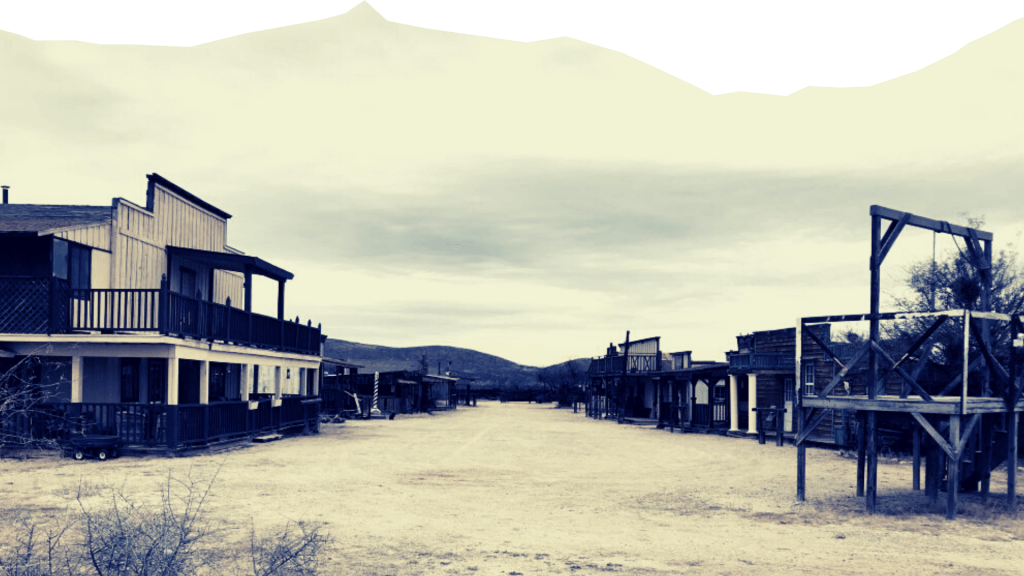
One reason for this is the confluence, again, of technology and storytelling. Westerns could reliably be made over and over again in the same basic outdoor settings and shooting locations, especially since you didn’t need to build a new fictional world each time but could sub in the same basic little town, saloon, and so on. Narratively, Westerns also adhered to a formula that allowed for easy replication: villain commits a crime, lawman pursues him, justice is served. Where science fiction called for new alien threats and horror needed fresh monsters every time, Westerns were designed to look and feel mostly the same with each outing. Their predictability is their strength.
A larger explanation, though, can be found in looking at the era itself. It had been 50 years since the birth of movies, a nice round figure that invites the community to look back on the road it’s traveled. It was also the era of World War II, the costs and aftermath of which were felt by every American who longed for an escape to what was believed to be an easier time and found it on-screen in stories of virtue and strength in a forgotten world. And it was a chance to marvel at how much had changed in a few decades, as well. The birth of the movies happened when cowboys were still out working the trail; now we had TV dinners, Studebaker sedans, satellites in orbit, and a hundred million more citizens. The astronomic shock of these changes and the speed with which they happened are almost impossible to come to grips with today. Is it any wonder that Americans found themselves turning in droves to stories, characters, and landscapes from a recent past that was already starting to seem like a dream?
This is the heart of why the Western is the quintessential American film genre. Not just because it’s rooted in a specific moment and place in our history, but because its popularity is driven by our own nostalgic desire to return to that history, to live it again, to dwell in it in a way that suspends the passage of time and allows us to hold in our hands the artifacts of a world we never knew but still believe we remember. The Western is driven by nostalgia and by our own love of our past, which means it has an imaginative strength that other genres don’t. Things like horror, science fiction, romance, mystery, those are about the unknown, about exploration, new experiences, finding something out. The Western is and can only ever be about the known, the circumscribed, the illusion of a frontier in a land that’s settled. It’s about mourning the end of an era on behalf of those who were caught unaware and never had the chance.
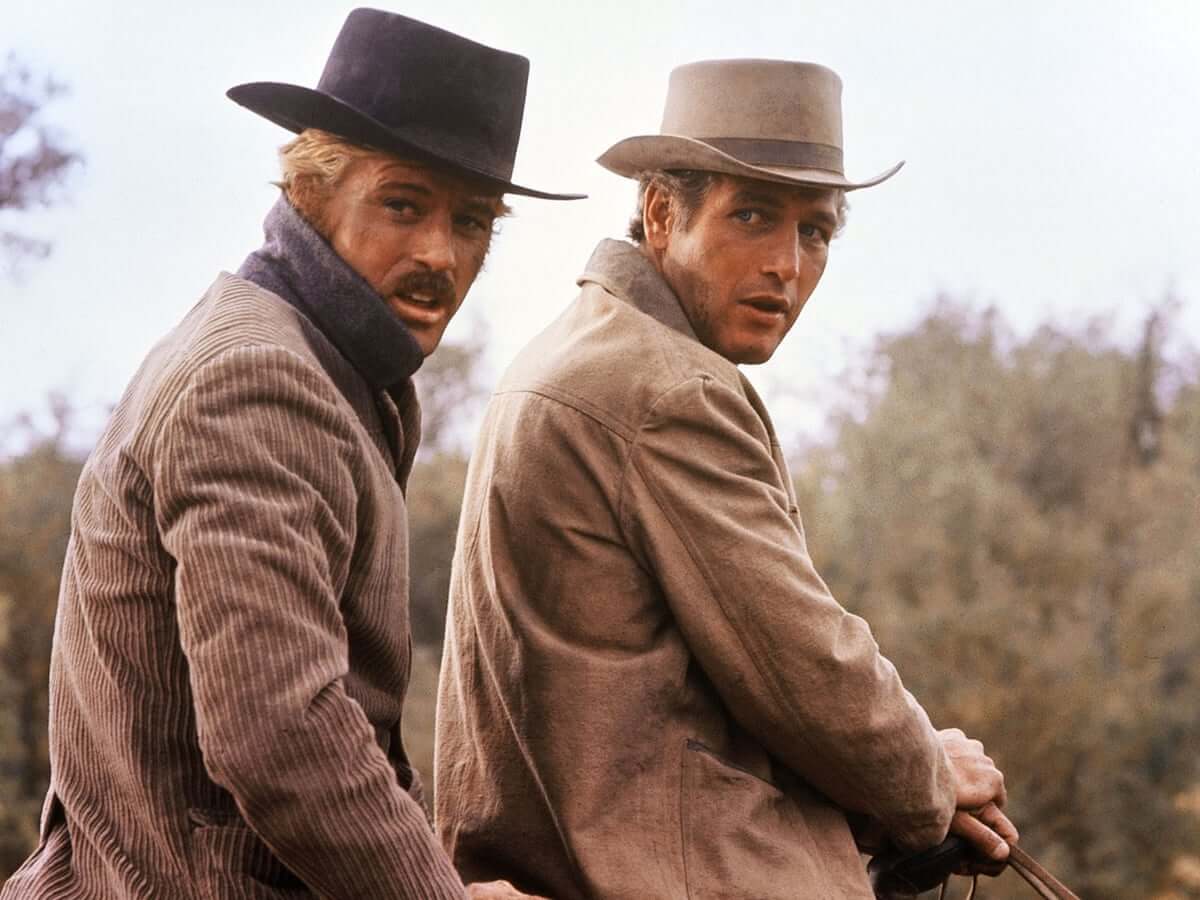
These things have only become apparent with time, though. Movies are still a young art form, in their infancy compared with other entertainment media whose lives are measured in centuries or millennia. Watching Westerns and film grow together, alongside the evolution of the nation, has allowed us not only to regularly revisit a time and place increasingly steeped in myth, but to change the way we do that revisiting.
The most popular form of this has been what’s called the Revisionist Western. These began to appear in the 1960s, as American culture pushed against the constraints of earlier decades and as Hollywood itself underwent multiple transformations and identity crises, not least of which was the decline and eventual dissolution of the Hays Code late in that decade. The Hays Code (formally known as the Motion Picture Production Code) had been in place since the early 1930s and had originally placed strict guidelines on what movies were allowed to show—indeed, on what they were allowed to be. By the time of the Code’s removal, Americans were getting Westerns that deconstructed the genre and interrogated everything from popular beliefs to historical teaching to the methods and motives of the filmmakers who’d made all those earlier Westerns that laid the foundation for later generations. Instead of the heroes mounting up to fight the bad guys, you had George Roy Hill’s Butch Cassidy and the Sundance Kid, a two-hour chase movie where the title characters are relentlessly pursued by lawmen and ultimately meet their doom. Instead of white soldiers mindlessly slaughtering Native Americans, you had Clint Eastwood as The Outlaw Josey Wales, a farmer in Missouri whose wife and son are murdered by brutish Union soldiers and who team up with Native Americans and other locals to exact revenge. Or think of the pioneering High Noon, which eschewed action and shootouts in favor of philosophical human drama that mirrored the cultural persecution of the Red Scare. These and others are all great Westerns, but they’re also great examinations of what it means to make a Western in the first place.
However, it’s painting with too narrow a brush to think of these and similar titles as merely Revisionist Westerns, or to think that Revisionist Westerns themselves are just a narrowly defined subgenre of the movement. Because the truth is: all Westerns are revisionist. The genre itself is inescapably defined by the constant revision of our understanding of our own history, shifting with the years like dunes. The term’s original meaning referred to a type of movie that set out to rewrite the tropes of the genre, but the genre itself is about rewriting history, myth, and the stories we tell ourselves.
This endless revisionism usually makes itself apparent as an awareness of the change in social mores between when Westerns get made. An early Western might think nothing of portraying Native Americans as an evil entity threatening hard-working Americans; a later one might work to assuage white guilt by showing Native Americans working happily with a white character to achieve a greater goal; an even later one might attempt to rebalance the scales by describing with more historical accuracy the disdain that many white settlers felt for Native Americans; another might portray both groups of people in even more complex ways, neither absolving or condemning any party but hoping to show on a larger scale the costs of expansion.
Every movie genre evolves with time, of course, from the types of stories they tell (including who gets to be the hero) to the technical way they tell them (ranging from cameras to special effects to acting, music, wardrobe, and more). Every movie gets its own world and rules, which is how we wind up with “cinematic universes.” But Westerns work differently. They are rooted in a time and place with fixed boundaries, even when they might seem to shift. Those set in different countries (like The Nightingale or The Proposition) are still tied to a specific period in history, but modern ones like No Country for Old Men are still themselves inextricably bound to a region, culture, and sensibility that is pure Western. You can’t go tromping off to a new galaxy, or recycling the same plastic version of a modern-day city. There are only so many states and territories, only so many miles to roam. The strictures of the genre itself reflect its stories’ own sense of dwindling exploration, of being hemmed in by growth but still hoping for one more night out under the stars.
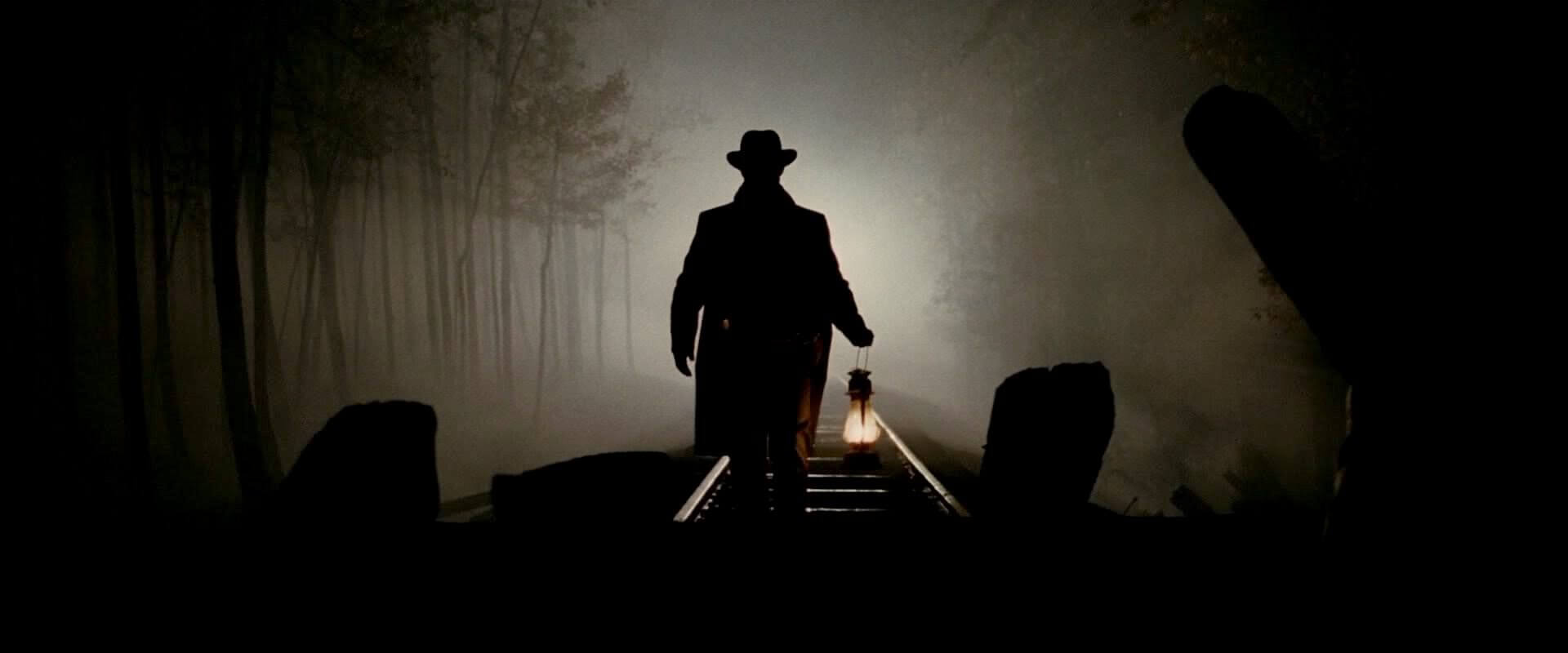
All of which is why Westerns persist today as a rich, worthwhile genre. Sometimes they’re rebranded as historical fiction or literary drama, as with Philipp Meyer’s masterpiece novel The Son (later adapted to television), but they’re still Westerns. The moody echoes of death in Lone Star, the self-destruction of There Will Be Blood, the mercurial laughs of The Ballad of Buster Scruggs. Modern Westerns like Hell or High Water, Wind River, The Good Lord Bird. And of course there are still straightforward Westerns: Silverado, Unforgiven, The Assassination of Jesse James by the Coward Robert Ford, Meek’s Cutoff, The Homesman, the cinematic resurrection of Deadwood. One of the biggest video games of all time (which had the highest grossing opening weekend of any entertainment product in history) is a Western: Red Dead Redemption II.
We keep returning to Westerns because they’re made to be revisited. Their evolution is ours, and their changing history is a chart of our progress into an honest reckoning of our own past amid the uncertainty of our future. We keep looking for ways to tell our stories against the backdrop of Westerns because it’s when one version of our nation disappeared forever, and maybe our attempts to bring it back can help us understand how we got the one we have now. Movies are how we dream; the Old West is what we dream of.
More on Plex:
Django Unchained
...

The Proposition
...




